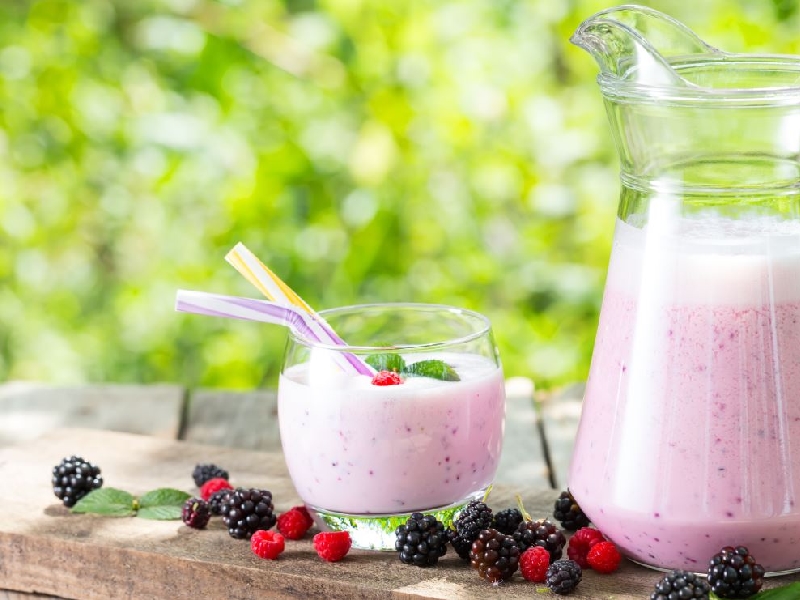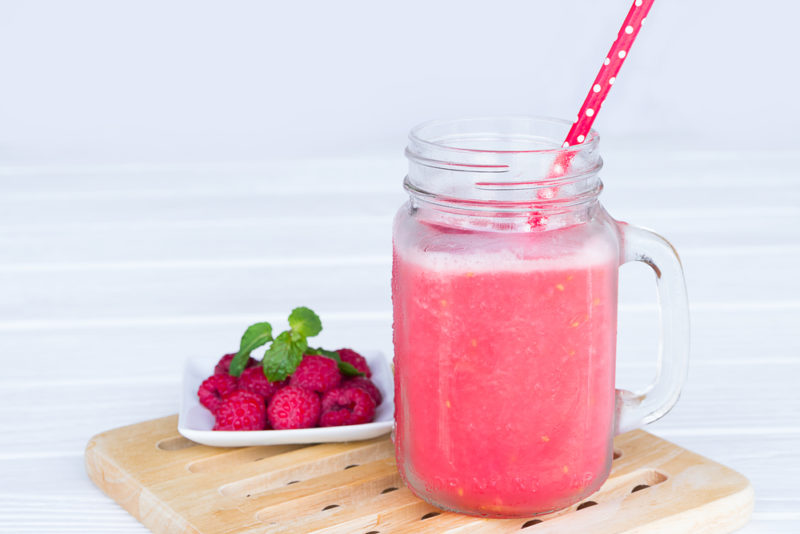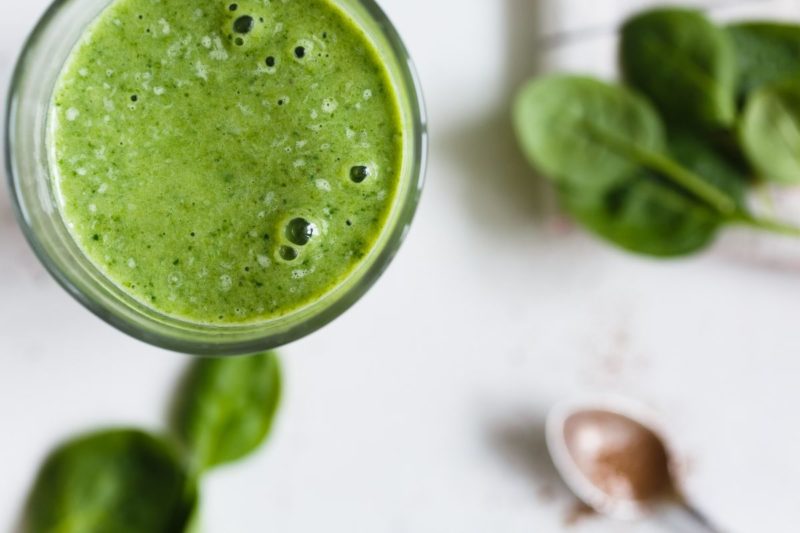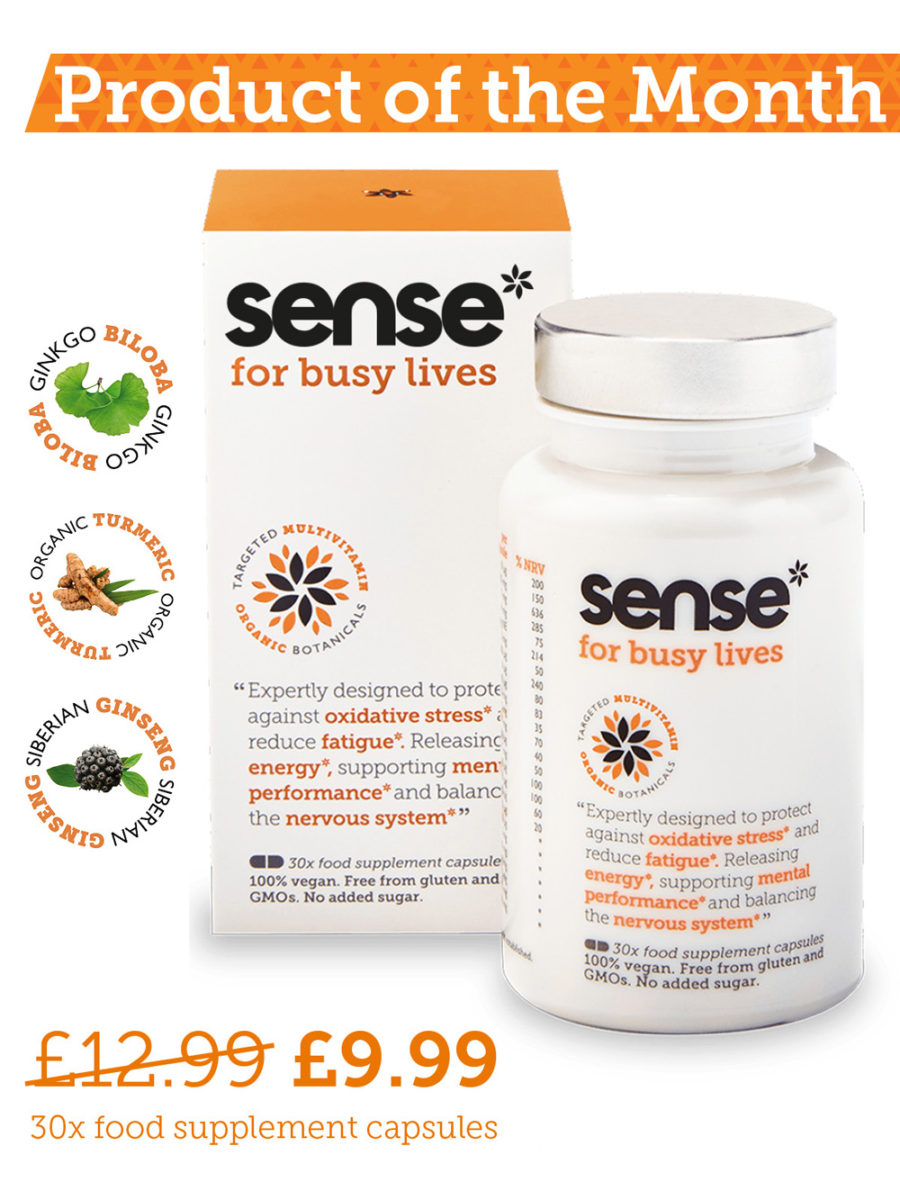
My Immune System and How I Started to Repair it
There is one thing you say to yourself when you are told you have cancer. ‘Something in your body isn’t working right.’
At a time of conflicting emotions accepting responsibility for causing yourself harm through diet and lifestyle choices wasn’t a difficult conversation. If my body was a glass temple, I wouldn’t have been the one to start throwing Avocado stones.
The Nike Mindset
There is no time for denial, guilt or resentment when you are diagnosed with Cancer. You must adopt what I think of as the Nike mindset. Get a plan and ‘Just do it’. Forget everything you have done in the past. It isn’t important. The only thing of importance is your plan. The plan to stop the disease spreading and in my personal plan, to avoid the need for chemotherapy and/or radiation following surgery.
Fixing the Gut And Feeding it Well
The immune system starts in the gut and is probably the prime contender for where things started to go wrong. We put so much junk through our bodies it is amazing we survive as long as we do before it breaks down causing chronic illness or cancer.
Repairing the gut and the immune systems ability to work efficiently is a slow process that would take time but would be key to my future health and well being.
Read more about food & the immune system – Click Here
Clean, Repair and Nourish the Digestive Tract
Clean, repair and nourish. This was my three goal plan. Clean my gut using Diatamaceous earth, (an inert source of microscopic silica from crushed prehistoic organisms), to slowly ‘scour’ the digestive tract. To repair it involved a two pronged approach. Eliminate all toxins and only add nutrients. Included in toxins were all non nutrient based carbohydrates and all added or refined sugars or artificial sweeteners. I also used L-Glutamine to help repair my gut.
Thank You to the Smoothie Inventor!
It turns out there were a lot of really good foods that I didn’t particularly care for. Avocado, Kale and Cucumber to name but three. These were the types of foods I needed to get into my diet to aid my plan.
Fortunately for me, someone had already invented the smoothie concept and I went about trying to incorporate as many of the foods I didn’t like into a smoothie that tasted good to me. The results are below.
See all our healthy recipe ideas – Click Here
My Purple & Green Smoothie Recipes
These are the two recipes I came up with. They replace a full main meal and make about 2 pints of smoothie each time.

Purple Smoothie (Breakfast)
This doesn’t need any forward prep other than making sure you have frozen berries in the freezer. Just chop up the following in the blender:
A large Banana
Whole Avocado (half if its a large one)
1 Beetroot
2 tbsp Natural Yogurt
3 tsp of organic coconut oil
Then add 1 tsp of the following superfoods:
Lucuma
Maca
Camu camu
Hemp protein
Acai berry
Sense* for busy lives (if also wanting the targeted benefits that this gives you)
100g approx of frozen red berries/strawberries/blueberries
Top up with organic pomegranate juice if you can get it because it is an immune system supporter or something similar if you can’t get it..red grape etc or even coconut water if you prefer the taste.

Green Smoothie (Lunch or Dinner)
Preparation
I use three ingredients that need a little forward preparation.
1. Kale
2. Stewed apple
3. Cucumber
Kale: Whizz a good amount of Kale (300g bag) in a blender with some water and pour into ice cube tray/s and freeze
Stewed Apple: Use green apples, Granny Smith, Bramley, etc. Remove storks and chop. Simmer in water until green skin turns yellow and then puree with a hand blender. Six apples should do a week of smoothies.(keep in fridge)
Cucumber. Peel & dice. then freeze.
A large Banana
Avocado (whole one if small, half if its a large one)
1 Kiwi fruit
Ginger (1 inch)
6 tbsp of stewed apple
3 cubes Kale
1 Cucumber equivalent (I use a Spanish cucumber which are smaller so adjust accordingly)
Lemon juice of 1 lemon
Then add 1 tsp of the following superfood powders:
Chlorella
Spirulina
Baobab
Broccoli
Graviola
Matcha
Sense* for gut health (I find the taste a bit strong so you may prefer to use the capsules)
Top up with organic apple juice and blend til smooth…add juice to consistency you want…so you are drinking it rather than eating it with a spoon!
Superfood Powder Ingredients
Lucuma
Pouteria lucuma is a tree native to Peru and Ecuador cultivated for its fruit, the Lucuma.
Lucuma is one of the most interesting superfoods around. The fruit itself looks like a cross between an avocado and a mango. It has a maple-like flavour and while the actual fruit may be hard to find in the supermarkets, it can be found in its powdered form in various superfood powders.
With the same uniquely sweet taste as the fruit, the powder is a perfect low-sugar substitute that doesn’t skimp on the taste. And as far the nutritional content, lucuma is well known for being chock-full of beta-carotene, niacin, and iron (alongside other vitamins and minerals). A favourite in sense* for busy lives.
Maca (Lepidium meyenii)
Maca also known as Peruvian Ginseng, is an edible herbaceous plant that is native to the high Andes mountains of Peru in South America. It is grown for its fleshy hypocotyl which is typically dried and processed into a flour for baking or as a dietary supplement. It has been used in traditional medicine. As a cash crop, it is primarily exported as a powder that may be raw, or processed further by the supplement industry.
A sweet-flavored root, Maca is loaded with calcium. Other notable nutrients in Maca include protein, vitamin C and Copper. A radish-like root vegetable, this Peruvian superfood has been used medicinally for thousands of years.
These days, the most popular use of Maca is as a source of healthy, natural energy thanks to its adaptogenic composition. This means that, once consumed, Maca can adapt to the different stresses being placed on the body.
As a result, it actually balances the body, providing energy and fighting fatigue, making its powdered form one of the best superfood powders for energy. With an earthy, nutty taste, its flavor may be unusual, stimulating both the sweet and savory parts of your palate.
Composition is approximately 60-75% carbohydrates, 10-14% protein, 8.5% dietary fiber, and 2.2% fats. Maca also contains polysaccharides.
Siberian or Peruvian Gingseng,(Maca) – Which One..or Both?
Camu Camu (Myrciaria dubia)
Also known as Camucamu, Cacari, or Camocamo, Camu camu is a small bushy riverside tree found in the Amazon rainforests of Peru and Brazil. It is a close relative of the Jabuticaba and the Guavaberry or Rumberry. 2-3% of the fresh fruit by weight is vitamin C.
Camu camu also provides amino acids, phytochemicals and minerals. Berries from the shrub resemble cherries in appearance and have a tart, sour flavor.
Besides containing 30 to 60 times more vitamin C than an orange, the camu berry is loaded with other antioxidants, amino acids, and vitamins and minerals, among these Beta-carotene, Potassium, and Manganese.
With such a high nutritional content, its benefits range from immune support and oral health to liver health and anti-aging benefits which you can now find skin care products featuring Camu camu.
Hemp
If you haven’t jumped on the hemp bandwagon yet, you might after reading this. A fantastic source of heart-healthy omega-3s, protein, all nine essential amino acids, and a range of minerals like iron, potassium, magnesium, and zinc, hemp is by far one of the best superfood protein powders around.
Aside from being a nutrient-dense, protein-rich food, the benefits of incorporating hemp into your diet span the spectrum, from assisting with minor inflammation issues to larger health issues such as heart disease.
With a delicious earthy taste (think sunflower seeds mixed with a mild grassiness), this powder works in everything from drinks and soups to entrees and desserts.
And for those a bit worried about hemp due to its controversial sister plant, fear not — consuming hemp powder will not lead to any psychoactive effects. Hemp fibre also features in sense* for gut health.
Acai Berry (Euterpe oleracea)
The Acai Palm is native to Brazil, Peru, Suriname, and Trinidad and Tobago, mainly in swamps and floodplains. Açaí palms are tall, slender trees growing to more than 25 m. The fruit is small, round and black-purple in color. Acai fruit is normally sold as a frozen fruit pulp or bottled juice drink.
The fruit, commonly known as Açaí berry or just Açaí is a small, round, black-purple berry, similar in appearance to a small grape. The outer skin of the ripe fruits is a deep purple color, or green, depending on the kind of Açaí. The inside is pulpy and thin, It surrounds the single large seed. The seed makes up about 60-80% of the fruit.
A sweet yet tart relative of the blueberry, antioxidant-rich Acai berries contain a complex blend of vitamins, minerals and amino acids and fibre.
Where this berry differs from others such as strawberries or blueberries, is in the amount of antioxidants it contains and its fat content. In addition to an incredibly high amount of antioxidants, Acai is filled with healthy mono-unsaturated and poly-unsaturated fats. With a flavor similar to blackberries, finding ways to incorporate Acai into your diet has endless possibilities.
Unsurprising that Acai features heavily in sense* for busy lives for both the actives and the taste.
Spirulina
Spirulina is a biomass of blue-green algae that can be consumed as a dietary supplement. It is made from two species, Arthrospira platensis and A. maxima.
Cultivated worldwide, Arthrospira is used as a dietary supplement or whole food.
Spirulina has been a popular super food powder for some time. Derived from algae, Spirulina is rich in chlorophyll and stuffed with macro and micro nutrients, amino acids, and numerous vitamins and minerals, making it one of the most nutrient-rich foods in the world.
It should however be noted that claims that Spirulina is high in B12 vitamin are NOT true. Spirulina contains psuedovitamin B12 which is not processed by the human body. This aside, its other properties make it deservedly a superfood to consider.
Ginger
Ginger contains antioxidants that can help reduce cell damage over time and may stop a biochemical process that initiates inflammation. Use powdered ginger as a spicy alternative to peppers when cooking or consider drinking ginger tea after a big meal.
Ginger may also reduce symptoms of nausea and help ease an upset tummy. Features heavily in sense* for gut health and for joint & bone.
Matcha
Matcha belongs to the green tea family, but is used as a concentrated powder instead of dried leaves. This makes Matcha higher in caffeine and an amino acid called L-theanine, a compound linked to feelings of focus, alertness and sustained energy.
Sometimes the benefits of Matcha get conflated with weight-loss claims which are unfounded. The only real way Matcha will help you lose weight is by drinking it in place of soda, juice, or energy drinks. Sugar-sweetened drinks are the #1 source of added calories in the American diet, so plain Matcha is a smart swap.
Baobab (Adansonia)
Boabab is the common name for the fruit of the Adansonia or upside down tree and is found in regions of Madagascar, Africa, Arabia, and Australia.
Named after Michel Adanson, the French naturalist and explorer who first described it, the Baobab fruit has a sharp, tangy, citrus flavour that has been compared to the taste of sorbet.
It is high in Calcium, fiber, Potassium, Magnesium, Vitamin C and other antioxidants and features heavily in sense* for busy lives and sense* for joint & bone.
Read more about Baobab – Click Here



